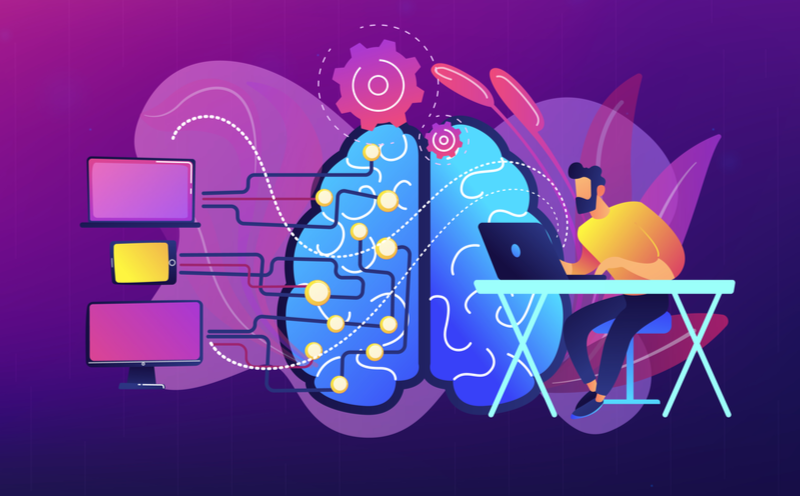Data science is a rapidly growing field that combines statistical analysis, programming, and domain knowledge to extract insights and make informed decisions. If you’re interested in entering the world of data science, this guide will provide you with an overview of the tools and techniques commonly used by data scientists.

1. Understanding Data Science:
a. Define Data Science: Data science involves extracting knowledge and insights from structured and unstructured data using various techniques and tools.
b. Core Concepts: Familiarize yourself with concepts such as data cleaning, data exploration, statistical modeling, machine learning, and data visualization.
2. Programming Languages:
a. Python: Python is widely used in data science due to its simplicity, extensive libraries (such as NumPy, pandas, and scikit-learn), and versatility for handling data manipulation, analysis, and visualization.
b. R: R is another popular programming language for data science, particularly in statistical analysis and data visualization. It offers numerous libraries (e.g., dplyr, ggplot2) specifically designed for data science tasks.
3. Data Manipulation and Analysis:
a. NumPy: NumPy provides powerful functions and tools for efficient numerical computations and array operations in Python.
b. pandas: pandas is a Python library that offers data structures and functions for data manipulation, cleaning, and analysis, including handling missing data, filtering, merging, and aggregation.
4. Data Visualization:
a. Matplotlib: Matplotlib is a widely used Python library for creating static, animated, and interactive visualizations, including line plots, scatter plots, bar plots, and more.
b. Seaborn: Seaborn is built on top of Matplotlib and provides a high-level interface for creating attractive and informative statistical graphics.
c. Tableau Public: Tableau Public is a popular data visualization tool that enables interactive and dynamic visualizations, ideal for sharing and presenting insights.
5. Statistical Analysis and Modeling:
a. SciPy: SciPy is a library that extends the capabilities of NumPy and provides a wide range of functions for scientific computing, including statistical tests, optimization, and linear algebra.
b. scikit-learn: scikit-learn is a comprehensive machine learning library in Python, offering algorithms for classification, regression, clustering, dimensionality reduction, and model evaluation.
c. TensorFlow and Keras: TensorFlow is an open-source library for numerical computation and deep learning, while Keras is a high-level neural network API that simplifies the process of building and training deep learning models.
6. Big Data Processing:
a. Apache Hadoop: Apache Hadoop is an open-source framework that enables distributed storage and processing of large datasets across clusters of computers.
b. Apache Spark: Apache Spark is a fast and flexible big data processing framework that supports distributed computing, data streaming, and machine learning.
7. Learning Resources and Communities:
a. Online Courses: Platforms like Coursera, edX, and Udemy offer data science courses taught by industry experts and professors.
b. Kaggle: Kaggle is a data science community and platform that hosts machine learning competitions and provides datasets for practice.
c. Data Science Blogs and Forums: Explore blogs and forums like Towards Data Science, DataCamp Community, and Reddit’s r/datascience for tutorials, discussions, and insights from data science professionals.

Conclusion:
Embarking on your journey into data science requires a solid understanding of the tools and techniques commonly used in the field. Start by mastering programming languages like Python or R, then familiarize yourself with data manipulation, visualization, statistical analysis, and machine learning libraries. Practice applying these tools through real-world projects and challenges. Stay curious, continuously learn from online resources, and engage with the data science community. Remember that data science is a dynamic field, so staying up to date with new tools and techniques is essential. With dedication and persistence, you can develop the skills necessary to excel in the exciting world of data science.